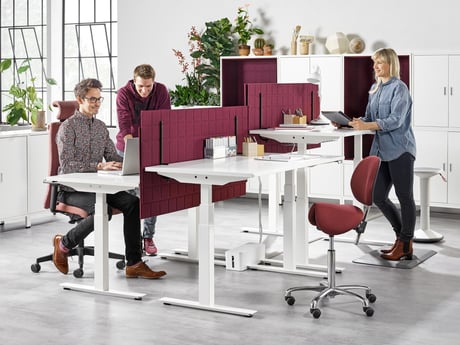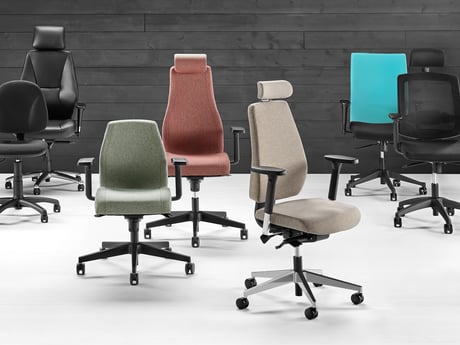Keeping Hard Copy Documents Safe

Most documents these days are stored electronically as organisations are making an effort to reduce paper consumption. However, there will always be some documents that need to be maintained in hard copy. Businesses can find it hard to manage paper documents. Special care should be given to storing documents that contain sensitive information. The term ‘data breach’ is generally associated with the theft of digital documents. A study on data breaches was commissioned by the business security firm Fellowes and the Alliance for Secure Business Information (ASBI). The study showed that 49% of the respondents who reported being affected by data breaches also stated that one or more of the crimes involved the theft of paper documents (Sileo, 2016 ¹).
To maintain document security, organisations could use wood storage cabinets that are equipped with locks, add secure access solutions to office printers and destroy documents before disposing of them, etc. More information on keeping documents safe is presented below.
Understanding Risks
The theft of various documents can pose different threats to a business, depending on the information they contain. These risks can be classified as: operational risk, financial risk, reputation risk and physical risk. Documents that contain information that can damage a company’s reputation would pose a reputation risk; documents that can harm the financial interests of a business would fall in the financial risk category and so on (United Nations, n.d. ²).
Avoid Paper
Perhaps the most effective way of ensuring paper documents are not stolen is to avoid creating them in the first place. Organisations should avoid creating hard copies of documents that contain sensitive information. If documents are being stored on the cloud, the organisation should ensure that they are properly encrypted and secure.
Pick Up Prints
Quite often, documents are compromised simply because employees forget to pick up their print outs from the out tray of a shared printer. The information can be seen by anyone who happens to come across the documents. Businesses can put secure access solutions in place to mitigate this risk. Such solutions will only allow printers to print documents after proper authentication.
Physical Security
Paper documents should be placed in an area or a room that can be locked when it is unoccupied. Instead of leaving hard copies lying around, businesses should invest in secure storage cabinets. Steel storage cabinets can be used to store important materials. These cabinets may also provide a degree of protection against fire (Info Trends, 2013 ³).
Disposal
Before disposing of documents, organisations should ensure that all sensitive information is properly destroyed. Businesses can invest in a shredder and a confidential waste bin to dispose of sensitive materials. One company that provides such waste bins as well as storage cabinets in UK is AJ Products.
- John Sileo (2016) "Keep It Confidential: Securing Your Data in the Workplace" FM Link [Online] available from: http://fmlink.com/articles/keep-it-confidential-securing-your-data-in-the-workplace/ [accessed July 2016]
- United Nations (n.d.) "Guidance Secure Records" [Online] available from: https://archives.un.org/sites/archives.un.org/files/uploads/files/Guidance%20Secure%20Records.pdf [accessed July 2016]
- Info Trends (2013) "Document Security and Compliance—Enterprise Challenges and Opportunities" [Online] available from: http://www.nuance.com/ucmprod/groups/imaging/@web-enus/documents/collateral/nc_027979.pdf [accessed July 2016]



